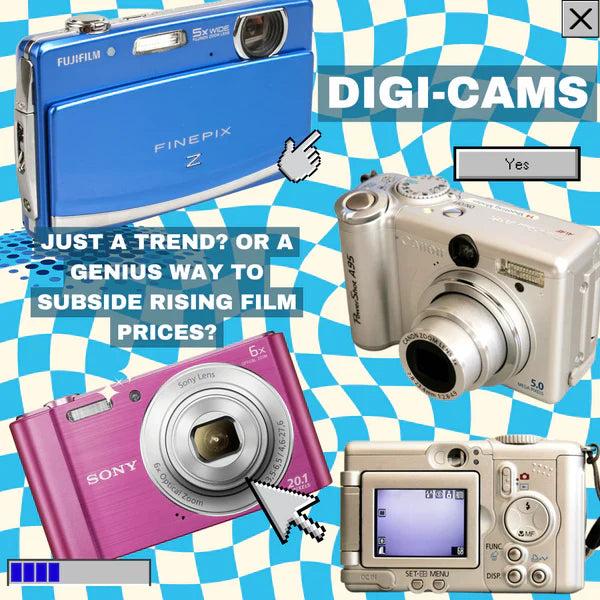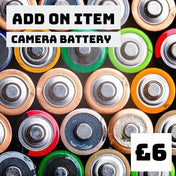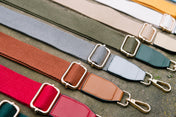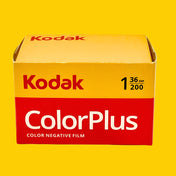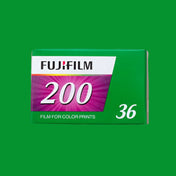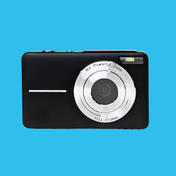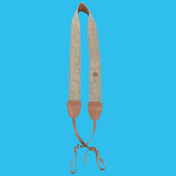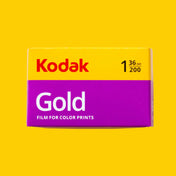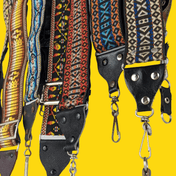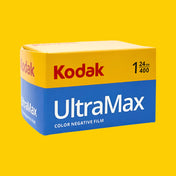
Digi-Cams.
Just a trend? Or a genius way to subside rising film prices?
More and more people are turning away from film and looking at 2000’s Digi-Cams to get their retro fix, but why is this?
Well, for once’s is not just because Kylie Jenner flaunts one on her Instagram page, there is actually quite a few good reasons to consider using a Digi-Cam in 2023.
Here’s a few to list off;
A cheaper alternative to get that retro look – With film prices set to rise by 20% by March 2023, Film is becoming incredibly expensive for hobbyists wanting to capture that retro look and feel.
Let’s look at this way, a film camera can cost hundreds to thousands of pounds, and then you need to buy film for it which can range from fifteen to twenty pounds. Digi-Cams are currently on the market for anywhere between fifty to one hundred pounds, and that’s it! No need to buy film, just get the camera and off you go!
They’re inexpensive - Following my first point, if you Jump on the trend now, they’re inexpensive in comparison to using film.
Unlimited frames - With film you’re locked in at 27 or 36 frames per roll of film, but with Digi-Cams your frames are endless.
Archiving – Archiving your beloved photo’s can be quite cumbersome, film scans have large file sizes that take up more storage on your computer, and then there’s also having the room to physically store you film negatives in binders or boxes.
Most Digi-cams have censor’s no bigger than 10 Megapixels, this means smaller file sizes and because its digital there’s no need for binders or boxes to store your negatives!
Formfactor and ergonomics – They’re tiny! Digi-cams are ergonomically beautiful, with many of them smaller than your smartphones. No need for camera bag, just throw it in your pockets and off you go!

Sensors – Now for the technical stuff, most Digi-Cams from the 2000’s are fitted with CCD Sensors. It is these CCD Sensors that give us the more ‘true to life’ colour pallet and filmic look.
Just like film these CCD sensors are riddled with imperfections, your photos for the most part will be riddled with noise (the digital rendition of grain), and they won’t have the best clarity, but where there’s imperfection there’s beauty.
Another thing to note is just like different film stocks, Digi-cams can have different tones and will vary on their overall look (photos produced), so do your research and experiment!
So where do Digi-cams fit in with your film shooting repertoire?
Before digital cameras there was only one way to know what your photos might look like before getting them back from the lab, and that was the use of polaroid backs. Polaroid backs were predominately used by studio photographers, as studio photographers tend to use vast lighting set ups with different light sources, which would make it difficult to calculate the right exposure. So, polaroid backs could produce an instant photo, giving the photographer an idea of how their images would turn out and then they could adjust their lighting set-ups accordingly.
Now if you’re like me, you’ve probably more than once been really excited to get your roll of film back from your lab, to then be met with misery because the roll looks like garbage, this is where Digi-cams come in.
Not only can they save you, but they can also give you an idea of what an image might look like and whether it warrants being shot on film, this makes them great for experimenting without having to worry about cost and how many frames you have left.
See sample images!



Shop our range of Digicams here

